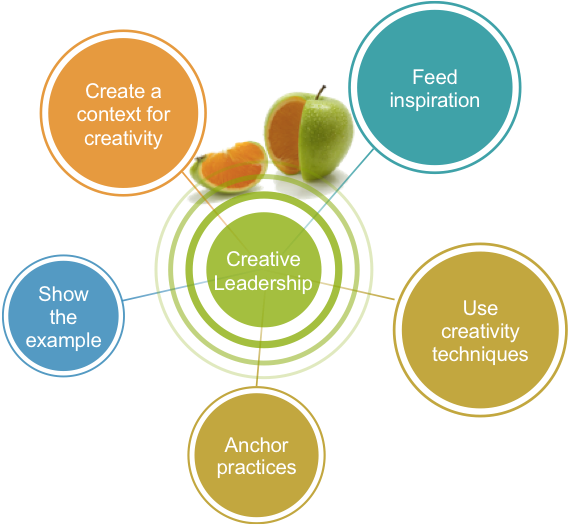TIPS FOR TAPPING INTO THE COLLECTIVE GENIUS OF TEAMS
Markets are shifting in several industries. Digitalization in banking, the energy transition in utilities, diminishing mail volumes in postal services, new competitors in the travel industry are just a few actual examples. Many companies in these sectors face the seemingly paradoxical challenge of looking hard for new growth opportunities while at the same time keeping a tight control on cost efficiency.
One type of response that they put in place is the development of innovation at the perimeter of the organization. Companies participate in start-ups that are not integrated into the core organization so that they can keep the agility and creativity they need to develop quickly. That’s a smart strategy, as is clearly elaborated in the latest work “Accelerate” of Harvard professor John P. Kotter.
To succeed in their efforts, however, this first type of response will not be sufficient. These companies will have to put in place a second type of response aimed at changing the thinking culture of the core of their organizations, in order to tap into the collective genius of their teams (see “Collective Genius, the art and practice of innovations”, Linda A. Hill, Harvard Business Press).
At in motion we observe that many leaders are looking for practical clues to develop this creative leadership. The following framework offers practices that they can easily implement.

Create a context for creativity is about ensuring that the team takes time and space to develop new ideas, that all ideas are welcome and valued, and that the team learns to accept errors and learn from them.
Feed inspiration is aimed at bringing in views, examples and diverse practices from the outside world. It requires going out of the traditional environment, listening to customers and users, and carefully observing practices from other types of businesses.
Use creativity techniques is about learning some basic creativity processes that you can find in any good book about this topic. Many leaders, however, don’t take the time to test and try them on real-life problems and challenges.
Anchor practices is essential to ensure that the team continues to use creative thinking in the long run. Some of the things leaders can do are giving regular feedback on ideas and proposals, paying attention to small examples of creative thinking, celebrating successes and failures.
Show the example as a leader is about walking the talk, integrating creativity in your daily work practices and meetings, stimulating creativity, allowing yourself to make mistakes and communicate openly about them.
Contact us if you want to experience the power of creative leadership.

if you want more to learn more about “Accelerate” J.P. Kotter here is a nice short video
https://www.youtube.com/watch?v=Pc7EVXnF2aI